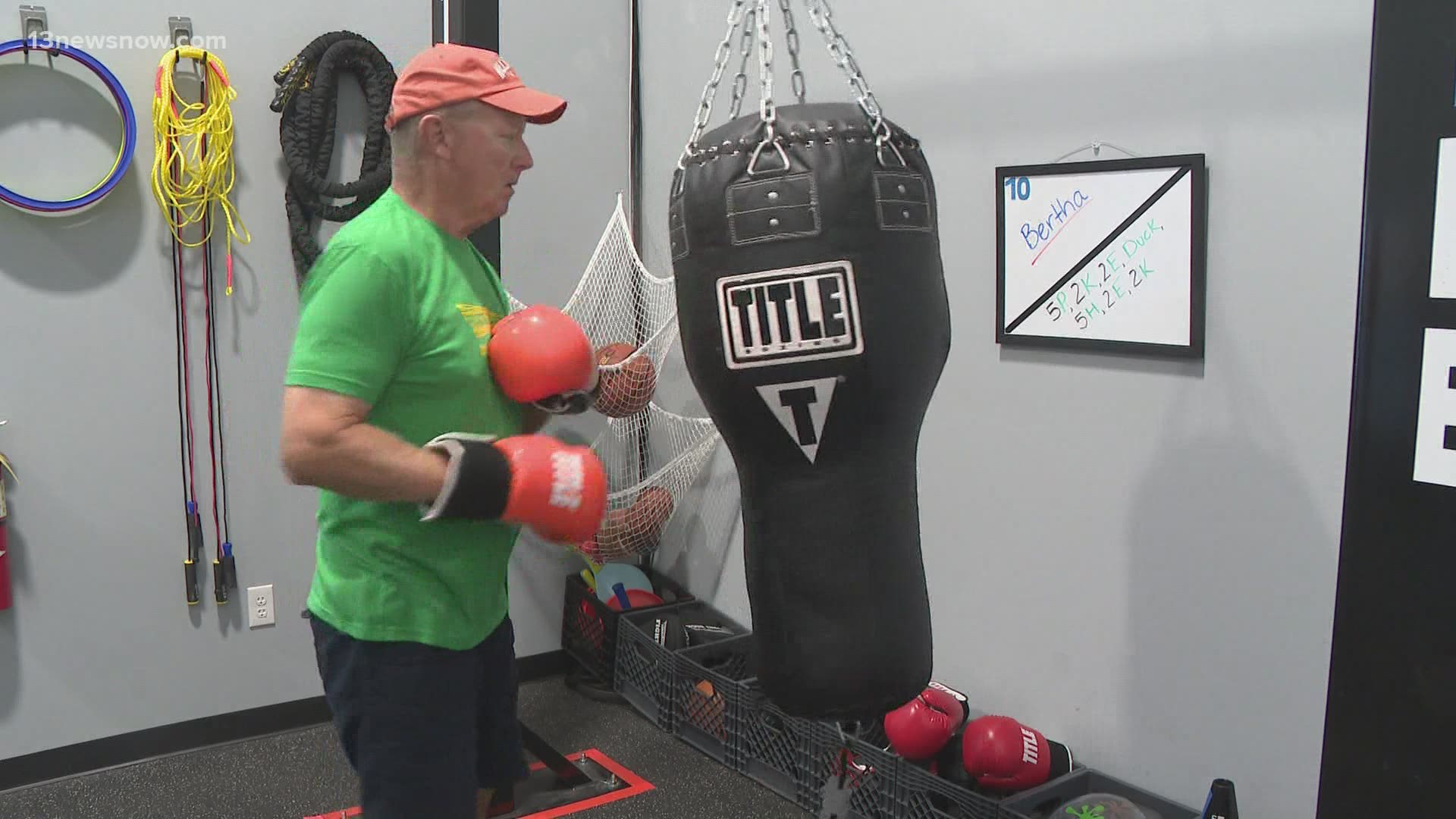NORFOLK, Va. — Author's note: The video above is on file from a separate story that aired on July 20, 2021.
Approximately 1 million Americans are living with Parkinson's disease, which is a neurodegenerative diagnosis that impacts your ability to move, according to the Parkinson's Foundation.
For those who have Parkinson's, one of the earliest symptoms can be a tremor in their hands.
Virginia Beach resident Albert Bunnell was diagnosed with Parkinson's in 2017, but even before that, he experienced a tremor in his right hand that caused disruptions in his life.
“I can’t go to sleep or stay asleep because of the tremors,” he said.
“I work in IT, and I need to hold my right hand down with my left to use a mouse and it’s hard to type. It’s a daily source of frustration.”
In recent years, a new treatment has come forward that makes a difference. And it's right here in Hampton Roads at Sentara Norfolk General Hospital.
An MRI-guided focused ultrasound device is used in a procedure that can reduce tremors by 80% or more in patients.
It's incisionless and only takes two hours in total.
“This device uses 1,024 sources of focused ultrasound embedded in a specialized helmet installed in MRI suite. Ultrasound waves are converged targeting one small focal point in the brain to raise the temperature and destroy the dysfunctional brain cells causing Albie’s tremor,” said neurosurgeon Shannon Clark.
“It’s called sonication. It uses heat generated by ultrasound instead of physical intervention in the brain.”
The result is instant. Some patients have no tremor at all in the aftermath. For those who suffer with tremors on a daily basis, this can have a huge impact on their quality of life.
It certainly did for Bunnell.
"I was hoping it would take care of just my hand tremor,” Bunnell said.
"But it seems to have improved the tremors in my face and my right foot as well. All those seem to be gone.”
Now, Bunnell has a void approximately 2-millimeters in size in his brain where the cells that caused his tremors previously were.
Right after his procedure, he was able to draw a straight line for the first time in years.
“It’s great to be able to offer this kind of hope to patients with tremor," Clark said.

